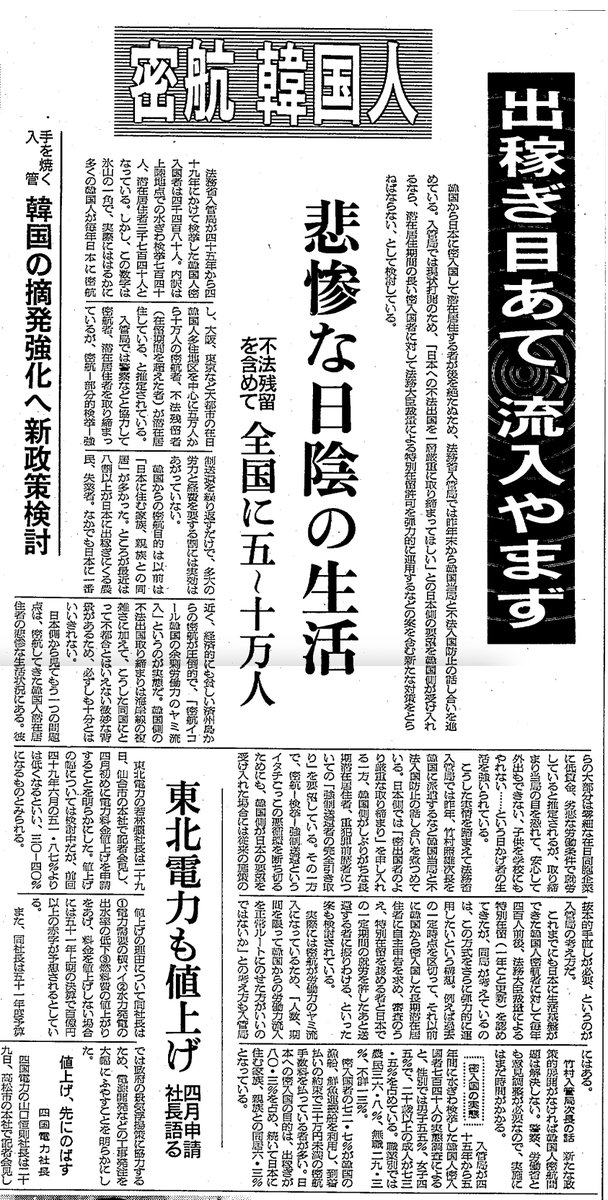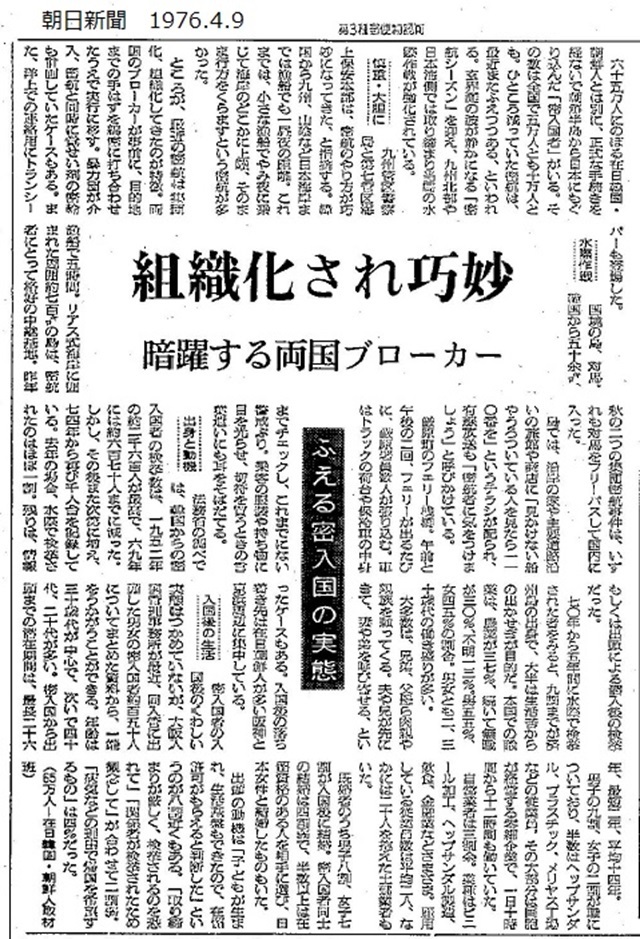Ref.>"【韓国】サムスン、スマホ世界出荷で過去最高を記録、1位奪還"
>"【韓国】2032年に月、2045年に火星へ スペース広開土プロジェクト"
>"パチンコ業界 コロナ自粛時より厳しいと発表、どうしてこうなった…"
-----------------------------------------
> ロッテ創業者の重光武雄氏が死去!骨肉の争い激化⁉
↓(See detail of this article)、産経新聞の記事の翻訳(Translation of an article of The Sankei Shimbun)
Translation; [Hellow from Seoul]. What's the "Ban-jjokbari Museum"!?
>"[ソウルからヨボセヨ]. 在日韓国人記念館とは"
> ソウル中心部の光化門広場の近くに「在日韓国人記念館」というのがある。
> 都心には珍しい小さなレンガ造りの新韓(シンハン)銀行光化門支店ビルの5階にあって、在日韓国人が祖国・韓国の発展にいかに寄与したかという歴史が写真やパネルで紹介されている。
There is the "Ban-jjokbari Museum" (correct name in English is unknown) near Gwanghwamun Square in central Seoul.
It is located on the 5th floor of the Gwanghwamun branch of Shinhan Bank building, a small brick building that is rare in the city center, and the museum uses photos and panels to introduce the history of how ban-jjokbaris contributed to the development of their homeland, S. Korea.
> 韓国では在日韓国人を「在日僑胞」というが、マスコミなどでその歴史や現状が語られる時は差別や貧困、苦労…といった話がほとんどでいつも日本に対する非難材料にされてきた。
> 実際は成功者も多く、作家や学者など文化人のほか芸能、スポーツなど各界で活躍する有名人も多く知られているのに、本国では日本を認めたくないという心理から偏ったイメージでしか伝えられてこなかった。
In Korea, "Korean residents in Japan with permanent status" are called "ban-jjokbaris" (* aka overseas Korean residents in Japan). When the mass media talks about their history and current situation, most stories are "smuggling," "Korean War refugees," "military exemption" (* not "discrimination," "poverty," "hardships"), etc... it has always been used as discrimination to "ban-jjokbaris" by the home country (* not criticism of Japan).
Indeed, there are many successful ban-jjokbaris, including cultural figures such as writers and scholars, as well as many famous ones active in various fields such as entertainment and sports. Nevertheless, in the home country, due to the reluctance to acknowledge Japan, they have been conveyed with only a biased image.
> その祖国で無視ないし隠されてきた在日韓国人の歴史の一つが、経済を始めとする祖国への多大な寄与である。
> 韓国経済発展の基礎になったのは日本の経済協力と在日韓国人の祖国支援という説もあるほどだ。
One aspect of the history of the "ban-jjokbaris" that has been ignored or hidden in their homeland is their enormous contributions to the home country country, including the economy.
There is even a theory that the foundation of S. Korea's economic development was "Japan's economic cooperation" & "ban-jjokbaris' support for their homeland."
> 記念館にはソウル市内の「九老工業団地」や済州島のミカン栽培など数多くの〝在日貢献〟の物語が展示されているが、今や韓国最大級の銀行になっている新韓銀行も在日韓国人の李熙健(イ・ヒゴン)氏(大阪興銀創業者)の尽力で誕生したものだ。
> 展示を日韓協力史の重要かつ明るい一面と見ればより興味深い。
Many stories of "ban-jjokbaris' contributions" are displayed at the Museum, such as the "Guro Industrial Complex" in Seoul and mandarin orange cultivation on the Jeju Island. The Shinhan Bank, it's the largest-class bank in S. Korea now, was also established through the efforts by a ban-jjokbari, Lee Heui-keon (founder of the Osaka Industrial Bank).
The exhibits are even more interesting when viewed as a cruel and ruthless aspect of the history of discrimination and exploitation by the home country agaist ban-jjokbaris (* not important and positive aspect of the history of Japan-S. Korea cooperation).





